Hotel Indigo and On The Grid value your feedback.
Please complete a quick 2 minute survey to tell us about your experience.
"I asked my soul, what is Delhi? She replied: The world is the body and Delhi its life." Mirza Ghalib (1797-1869) remains one of the most celebrated Urdu and Farsi poets, a true Dilli-wala. Part of the haveli where he spent his last years has been converted to a somewhat shoddy museum, but it is worth a visit not only as an introduction to the poet, but also as a great excuse to walk through Ballimaran, another one of those mythic neighbourhoods of the city. Named after the oars (balli) that shopkeepers once used to sell, today large sections of the bustling market specialize in spectacles, shoes and namkeen (savoury snacks).
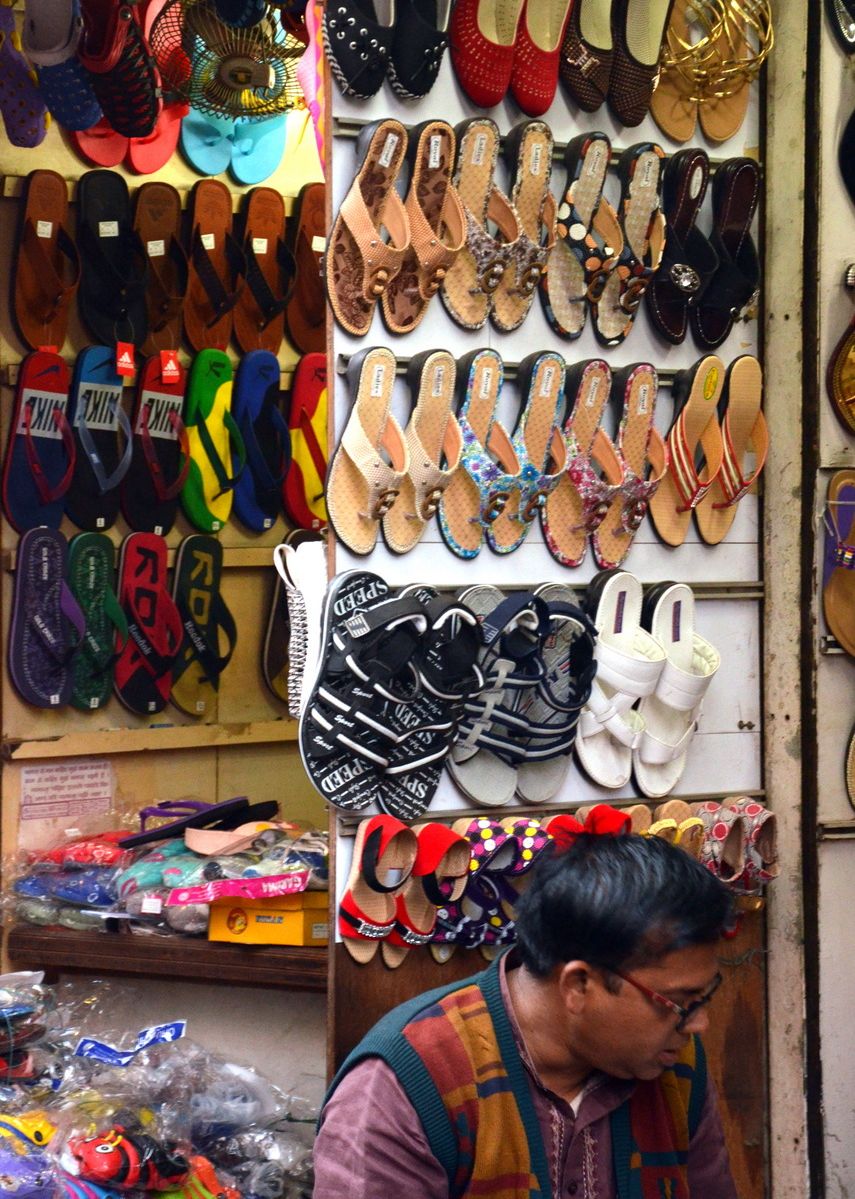
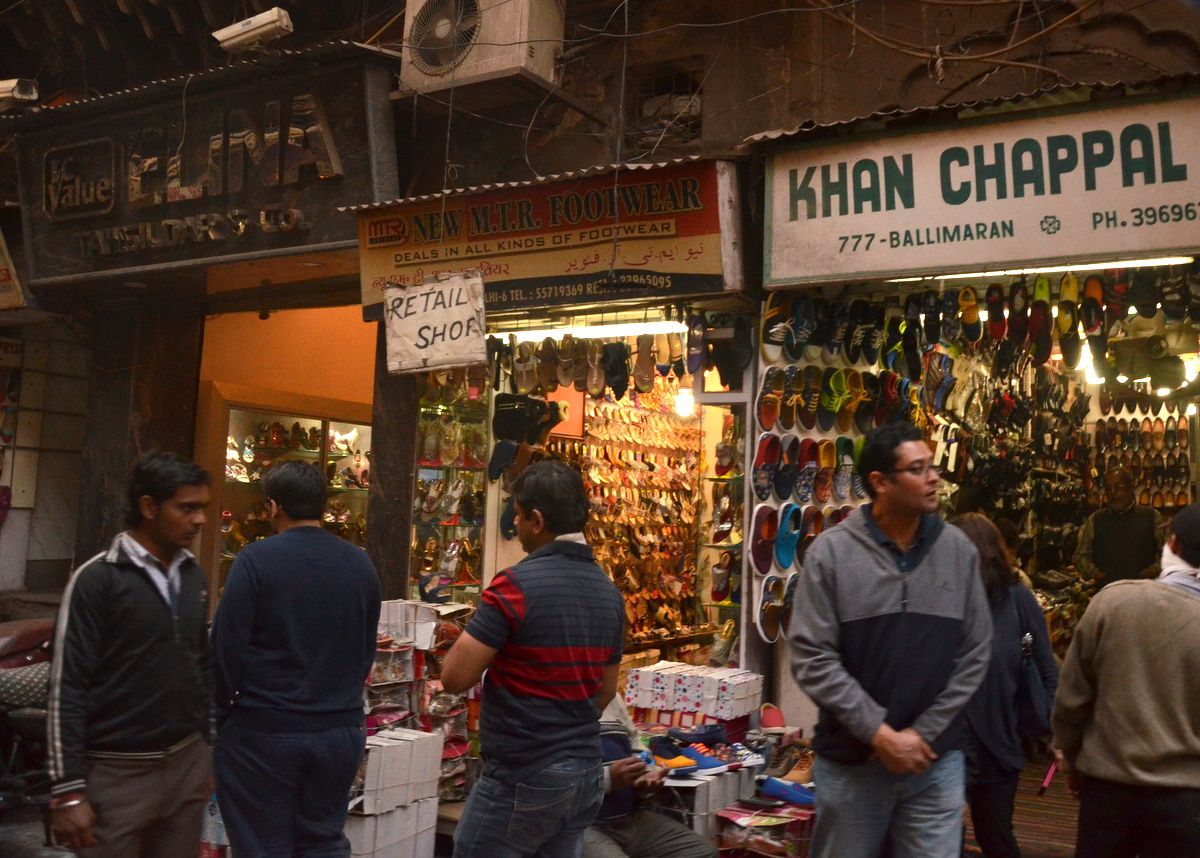
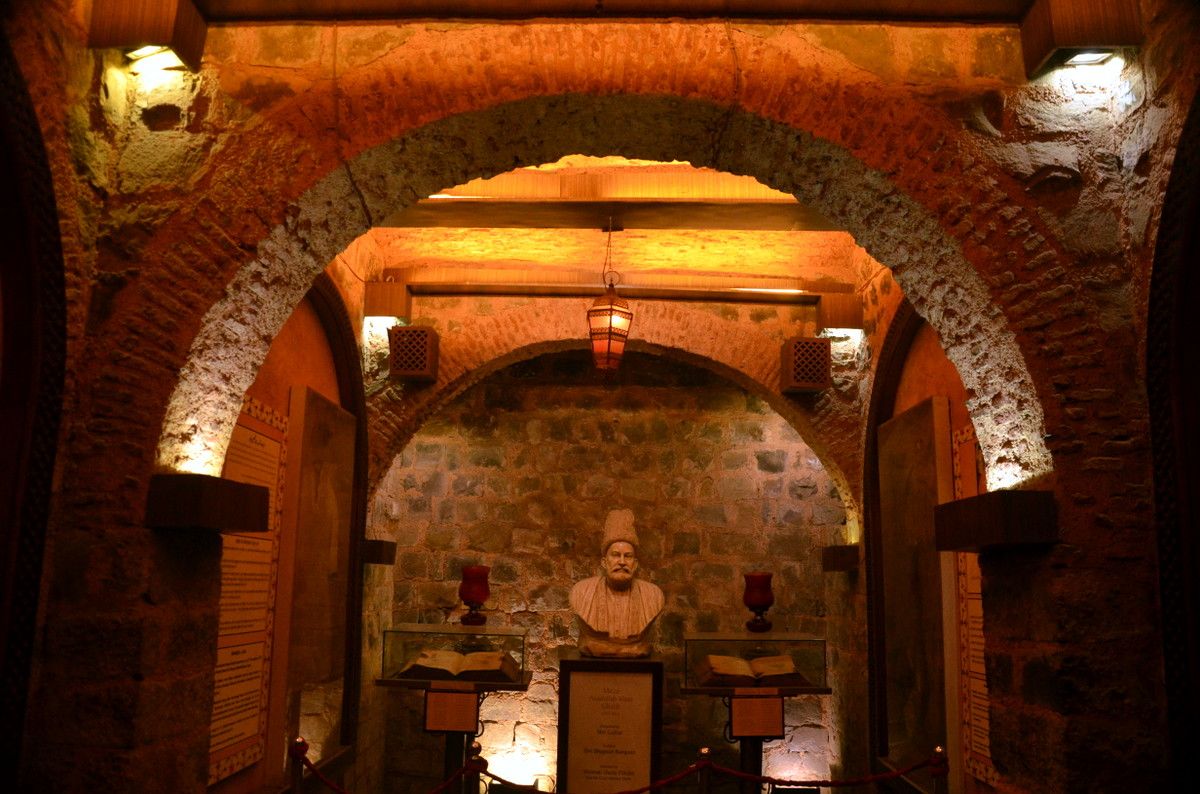
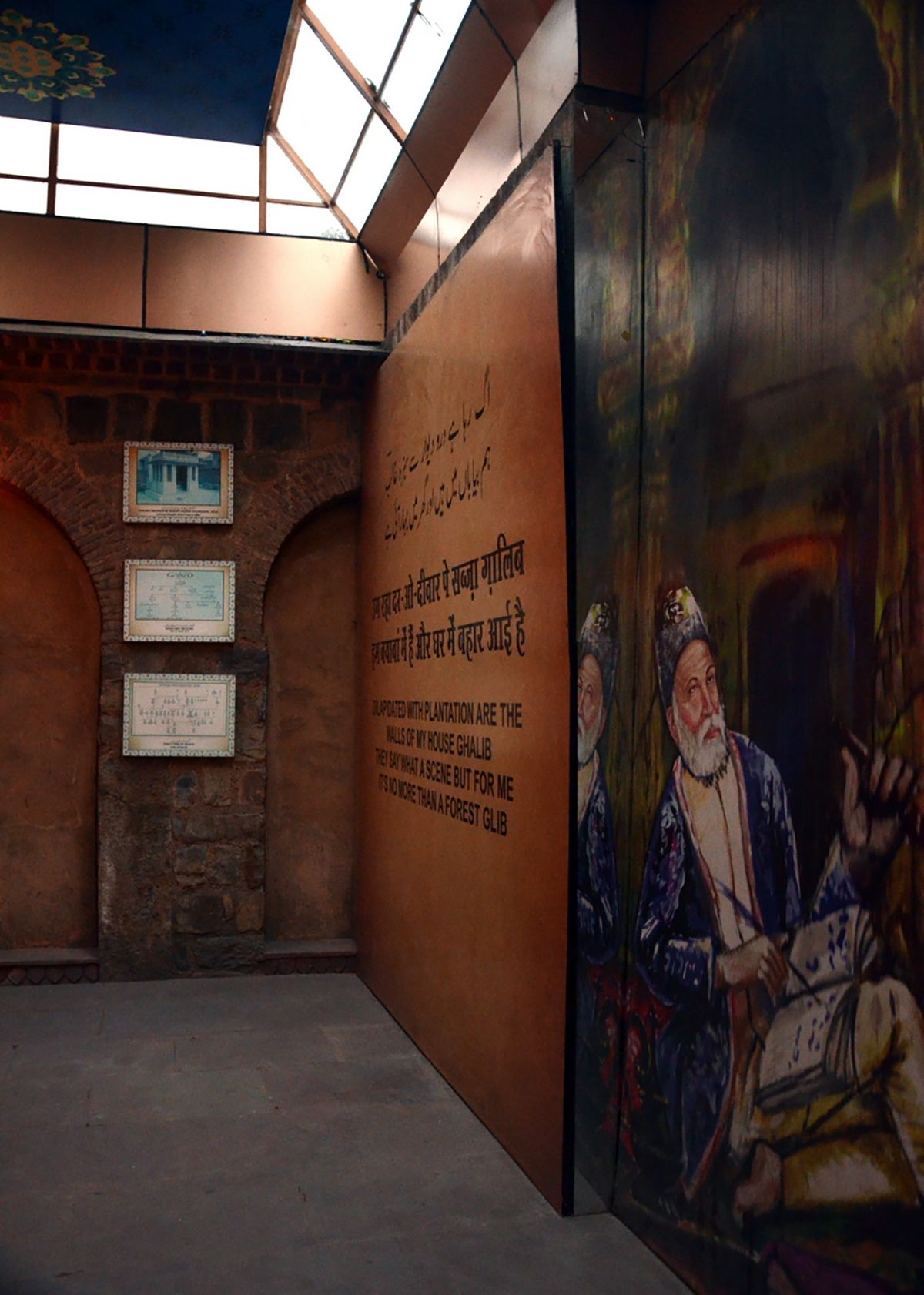
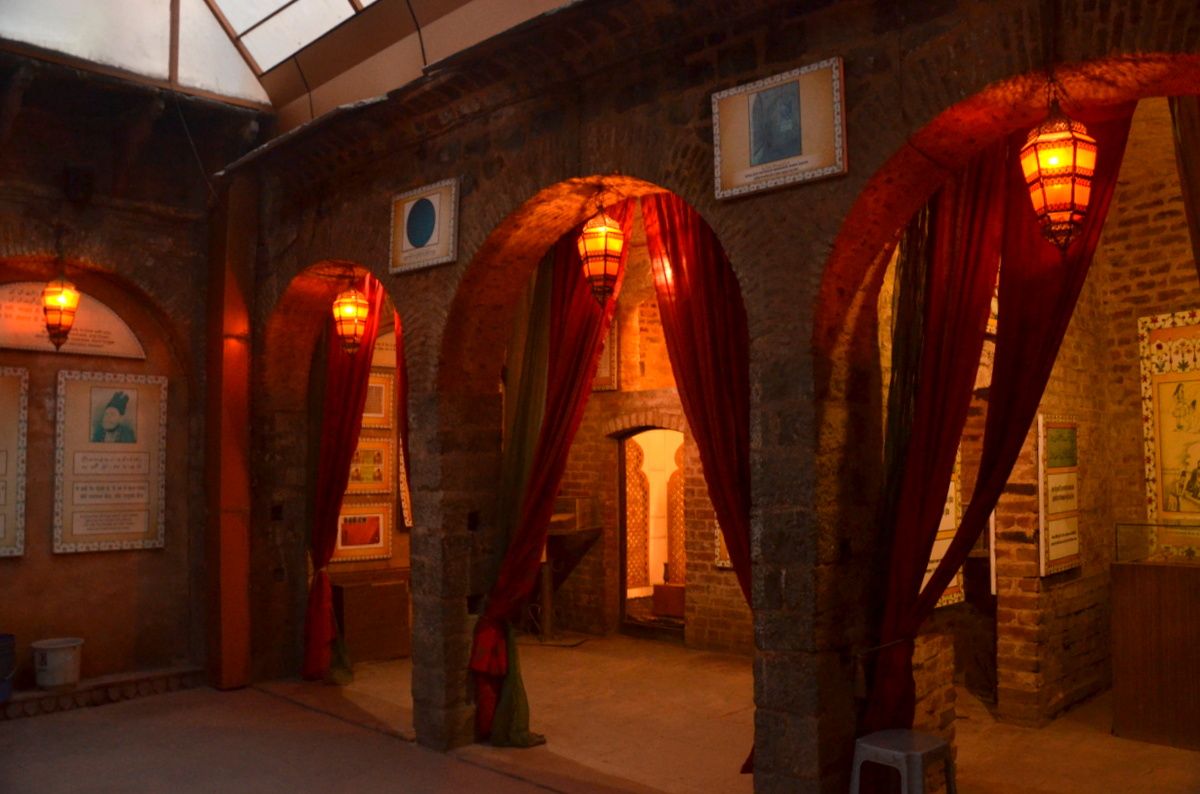
Please complete a quick 2 minute survey to tell us about your experience.